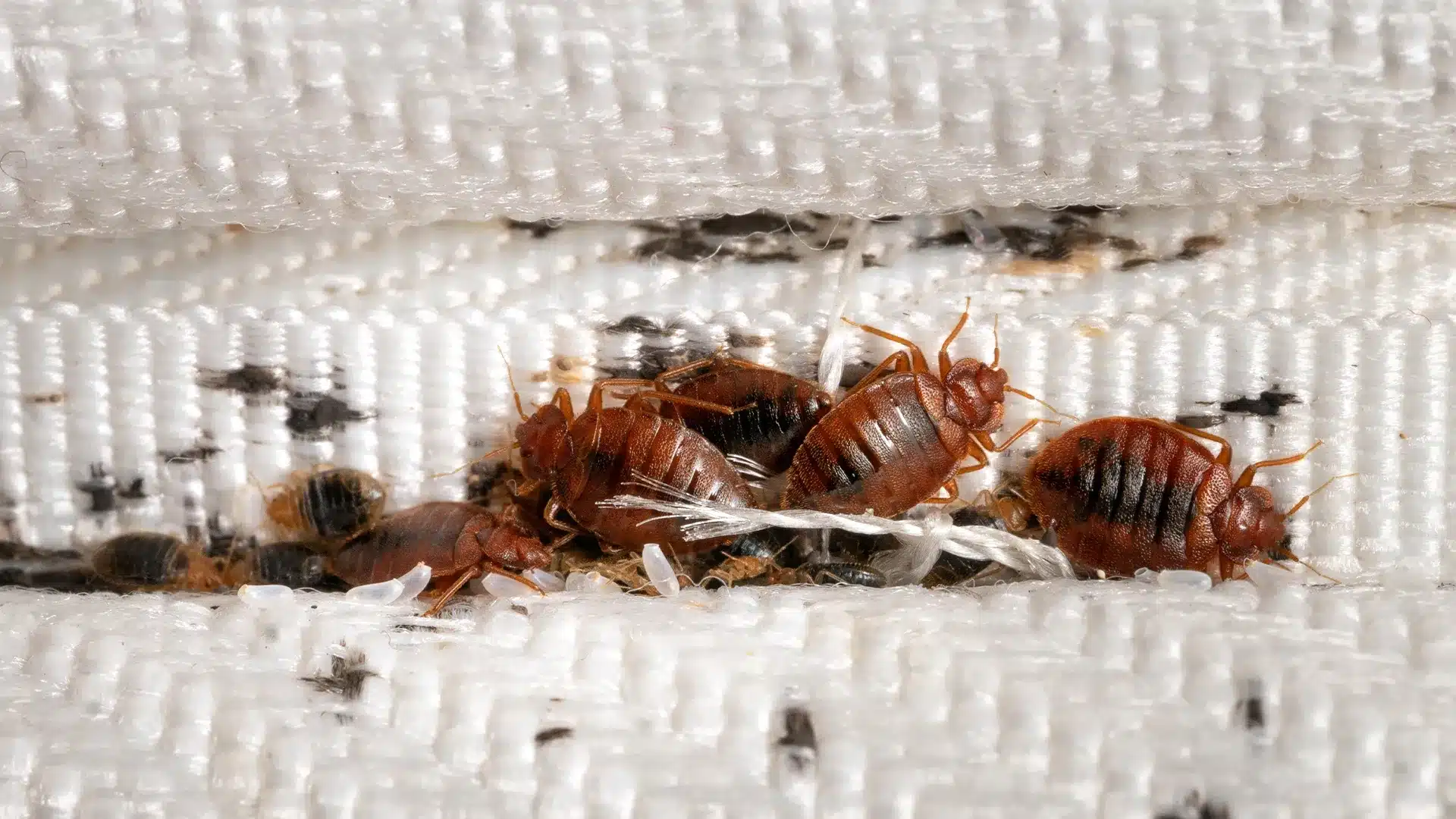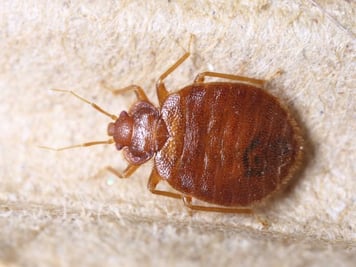Reliable Bed Bug Exterminator: DC Services with Heat Treatment
Checking Out the Science Behind Bed Bug Warmth Treatments as a Lasting Pest Monitoring Technique
In the realm of parasite administration, the quest for lasting and reliable services stays a continuous pursuit. One such approach that has actually obtained traction recently is the use of warmth treatments to battle bed bug problems. By utilizing the scientific research behind thermal death points for these relentless pests, warm therapies provide an encouraging option to typical chemical-based methods. The details of exactly how warm properly eliminates bed insects and the more comprehensive implications for sustainable bug monitoring practices make this a subject worth checking out additionally.
Bed Insect Warmth Treatment Refine

Thermal Fatality Point for Bed Pests
Subjecting bed pests to elevated temperature levels beyond their thermal resistance variety is essential for attaining efficient eradication in warm therapy processes. The thermal fatality point for bed pests describes the temperature at which these parasites can not survive. Study suggests that bed bugs begin to die when revealed to temperatures above 113 ° F(45 ° C) for a continual period. As the temperature level boosts, so does the mortality rate of bed pests. At around 118 ° F(48 ° C ), bed insects start to pass away swiftly, with a death rate of almost 99% within minutes of direct exposure. This demonstrates the level of sensitivity of bed insects to high temperatures and highlights the performance of warm treatments in getting rid of invasions. By getting to and maintaining temperatures over the thermal death factor for bed bugs, bug management experts can make certain detailed removal of bed bug populations, consisting of hard-to-reach areas where chemical therapies may be less reliable. Understanding the thermal fatality point for bed insects is essential for executing successful warm treatment methods and attaining lasting pest management results.
Advantages of Warmth Treatments
Having actually developed the vital thermal death point for bed pests, it is essential to currently check out the considerable benefits that heat therapies supply in properly getting rid of these durable bugs. Warm treatments present a number of key benefits when compared to standard chemical techniques. One of the key advantages is that warmth can permeate deep into crevices and fractures where bed bugs conceal, making sure that even the most hard-to-reach locations are heated up to lethal temperature levels. This extensive method here are the findings not only eliminates live pests however also targets bed pest eggs, protecting against future invasions.
Moreover, warmth treatments are eco pleasant and non-toxic, making them a sustainable pest management method. Unlike chemical pesticides, warmth treatments do not leave dangerous residues that can present threats to human health or the setting. This aspect is especially vital in sensitive settings such as hospitals, institutions, and suburbs where chemical use might not be preferable.
Additionally, warmth treatments have a high success price in getting rid of bed insect infestations in a single therapy, minimizing the need for numerous gos to and reducing disruption to residents. This efficiency not only saves time and cash yet additionally gives comfort to those managing bed pest issues.
Efficiency of Warm Treatment

Study research studies have actually consistently demonstrated the efficiency of warm therapies in accomplishing a high rate of bed insect mortality. Effectively carried out warmth treatments can get to all the fractures and crevices where bed insects may be harboring, ensuring a thorough technique to elimination. Heat therapies have the included benefit of eliminating bed bug eggs, which are often resistant to traditional chemical treatments. In general, the performance of heat treatments in getting rid of bed insect invasions makes them a sustainable and trustworthy insect monitoring technique.
Sustainable Pest Administration Benefits
Implementing sustainable bug monitoring practices provides long-term benefits for both the setting and public health and wellness. By making use of approaches such as warm treatments for pest control, we can lower the dependence on unsafe chemical pesticides that can have damaging results on ecosystems and human wellness - exterminator. Lasting bug administration techniques assist in protecting biodiversity by targeting particular pests without damaging non-target microorganisms, therefore preserving a well balanced ecological community
In addition, lasting parasite monitoring techniques add to the general health and health of the public. By minimizing direct exposure to harmful chemicals used in standard insect control approaches, warm treatments supply a safer choice for insect monitoring in property, commercial, and public rooms. This reduction in chemical usage also helps in avoiding chemical deposits from infecting water, dirt, and air, securing ecological quality.
Final Thought
To conclude, bed insect warmth therapies have been shown to be a reliable and lasting parasite management technique. The thermal fatality factor for bed bugs makes them vulnerable to warmth next therapies, which have numerous advantages over standard chemical therapies. The effectiveness of warm therapies in removing bed bug invasions while decreasing ecological impact highlights the capacity of this approach as a sustainable remedy for insect control.
The bed pest warmth treatment procedure entails raising the temperature within plagued locations to a degree that efficiently removes bed bugs and their eggs. By getting to and maintaining temperatures over the thermal death factor for bed insects, parasite management experts can ensure extensive elimination of bed bug populations, consisting of hard-to-reach locations look at this site where chemical therapies might be much less efficient. One of the main advantages is that heat can penetrate deep into splits and holes where bed insects hide, making sure that also the most hard-to-reach areas are heated to lethal temperature levels. Unlike chemical therapies that might leave behind resistant populations, warmth therapies supply a safe and eco friendly solution that can pass through deep right into furniture, wall surfaces, and various other hard-to-reach areas where bed bugs conceal.
The thermal fatality point for bed bugs makes them at risk to warm treatments, which have countless benefits over standard chemical treatments.